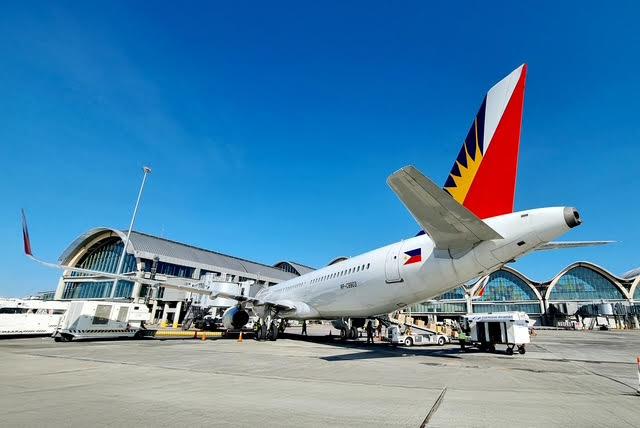• Flag carrier generates US$1.6 Billion revenue for 1st half of 2024
• Passenger volume up by 13% to almost 8 Million passengers flown
• CAPEX spending increased to US$157Million for aircraft purchases and maintenance, and product improvements
• Posted US$122 Million in net income
• PAL’s Debt to Equity improved to 2.06x as Total Debt goes down to US$1.6 Billion and Equity increases to US$763 Million
• Mabuhay Miles membership surpasses 6 million level
• Financial results bear out flag carrier’s resilience and deliberate growth strategy
Philippine Airlines (PAL) rounds out the first half of 2024 with higher volume of passengers, cargo and ancillary services, generating US$1.6 Billion in total consolidated revenues.
The flag carrier expanded flights by 11% and carried 7.9 million passengers across its international and domestic network, 13% more passengers vs. 1H 2023. PAL’s expansion aligns with an overall growth in air travel, with Manila’s NAIA showing a 13% growth in passenger volume. PAL also reported that its Mabuhay Miles lifestyle program has reached a new milestone and has grown to six million members.
Overall, PAL announced a net income of US$122 Million and operating income of US$182 Million for the six-month period, in line with expectations amidst a normalizing market environment versus the travel demand surges of 2023.
Capital expenditures increased to US$157 Million mostly for aircraft purchases, maintenance and cabin upgrades to reinforce operational integrity and a well-differentiated quality service for the airline’s customers.
“Philippine Airlines remains on track in its transformative growth strategy as we deliver a more efficient airline offering quality service, to fulfill our mandate as the Philippines’ flag carrier and only full-service airline with the largest network,” said PAL Holdings Inc. President and Chief Operating Officer Lucio C. Tan III.
For the second quarter of 2024, the airline generated revenues of US$787 Million, a 4% decrease from Q2 2023 reflecting yield pressures brought about by the return of more capacity to the market. Operating income was negatively impacted by higher costs related to increased flying and maintenance activities for Q2 and was reported at US$64 Million. PAL’s net income for Q2 2024 was US$ 41 Million.
“As the industry adjusts to a re-balancing between demand and capacity, and continues to face cost and supply chain challenges, we are implementing a disciplined investment plan to upgrade our fleet and continue our digital transformation so that we can serve our passengers better,” added Captain Stanley K. Ng, PAL President and Chief Operating Officer.
PAL operates the largest network of nonstop flights between the Philippines and the United States, serving Los Angeles, San Francisco, New York, Honolulu, and Guam. Beginning October this year, Seattle will join the network as PAL’s sixth U.S. destination and the eighth in North America.




